
Soil Health & Fertilization
We unite suppliers and green industry professionals worldwide
Okra is a most versatile crop with an irresistible combination of ornamental attraction, nutrient density and ease of growth.
By Victor Miller
|Published on September 24, 2025
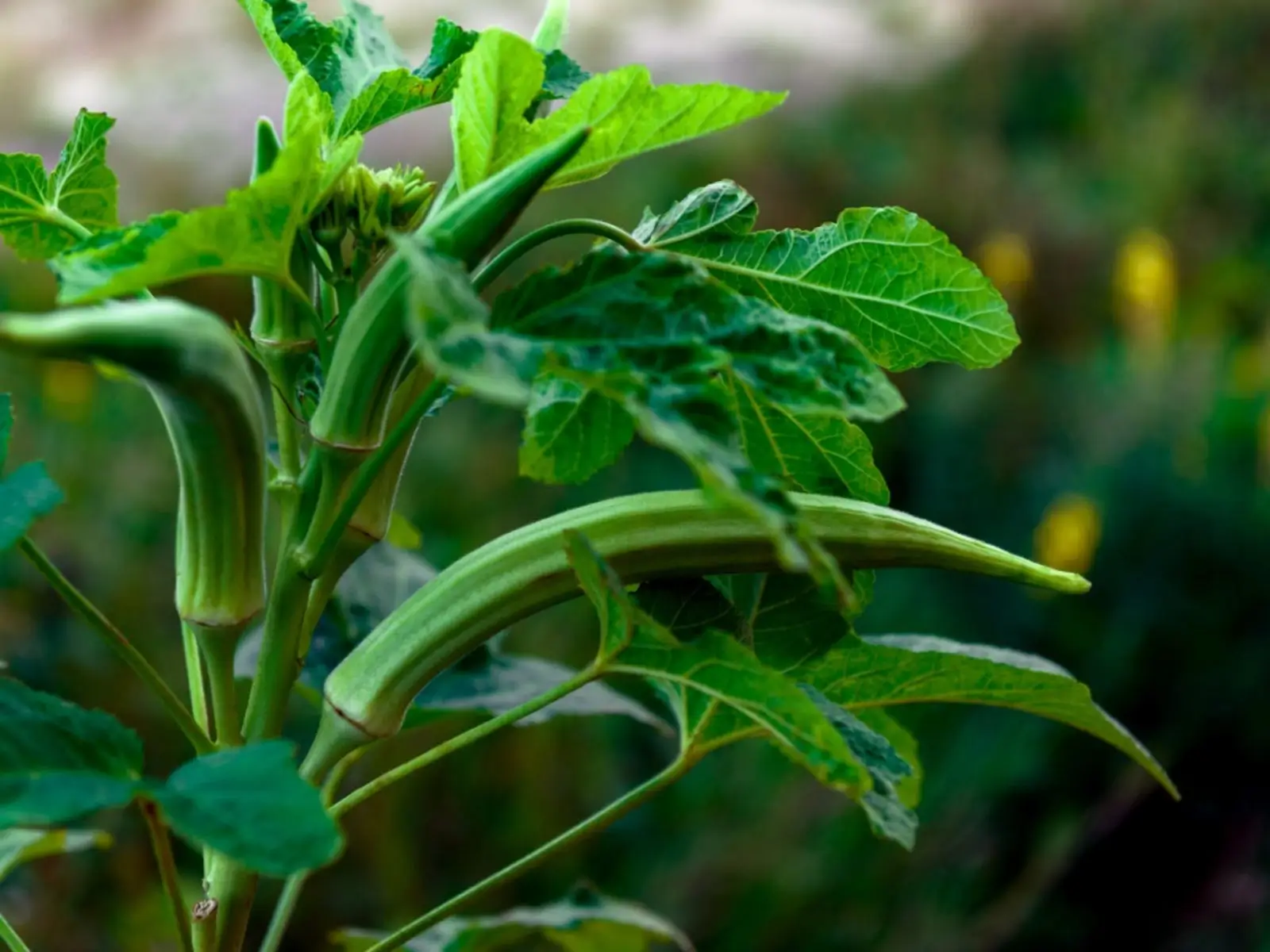

Okra (Abelmoschus esculentus) is a warm weather crop known for its tender young pods that are eaten in soups, stews, stir-fries, and more traditional meals all over the world. In addition to being delicious, okra is also considered nutritional, versatile to grow in the garden and pretty as an ornamental plant.
Okra (sometimes referred to as lady fingers) is easy to cultivate in hot weather climates, which is why it is a standard crop in Africa, Asia, and warmer parts of the southern United States.
| Scientific Name | Abelmoschus esculentus |
| Common Names | Okra, Lady’s Fingers, Gumbo, Bhindi (in India), Quiabo (in Brazil) |
| Family | Malvaceae (the mallow family, which also includes hibiscus and cotton) |
| Genus | Abelmoschus |
| Species | A. esculentus |
| Cultivars | Popular cultivars include Clemson Spineless, Burgundy, Emerald and Annie Oakley II. |

September 25, 2025
9 minute read
September 24, 2025
9 minute read
September 23, 2025
10 minute read
September 22, 2025
9 minute read


Join as a seller and connect with thousands of B2B buyers nationwide!
Sign Up
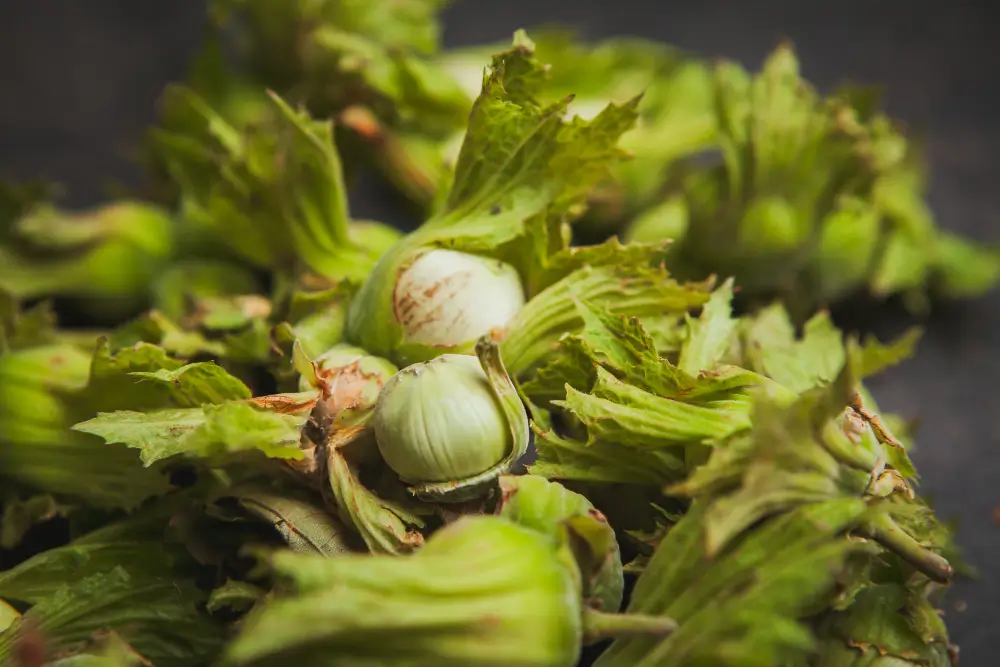
Hazelnut
Hazelnut is the name of a small shrub or tree and also refers to the nuts it produces, which are crunchy and flavorful. The tree has an attractive display of lush green leaves that lasts throughout the growing season.
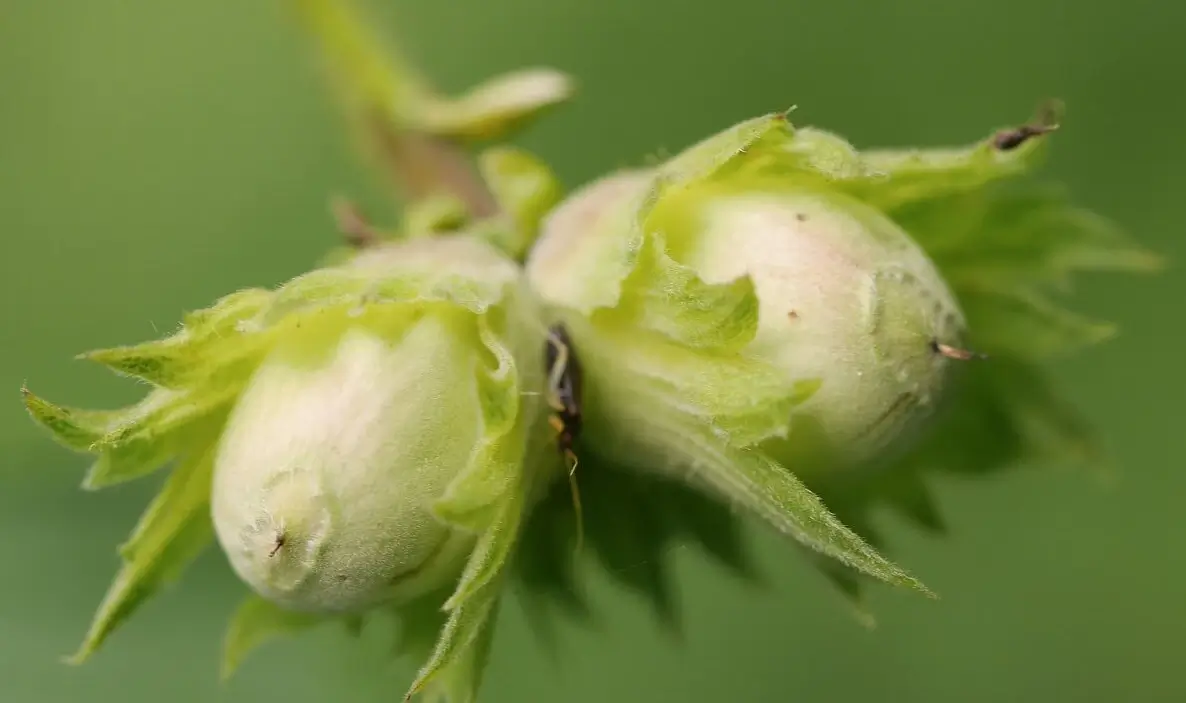
Hazelnut Filbert
Hazelnut Filbert is a small to medium-sized tree prized for its crunchy, flavorful nuts. Hazelnuts are extremely nutritious and provide a healthy source of fat, protein, fiber, and high amounts of vitamins and minerals.
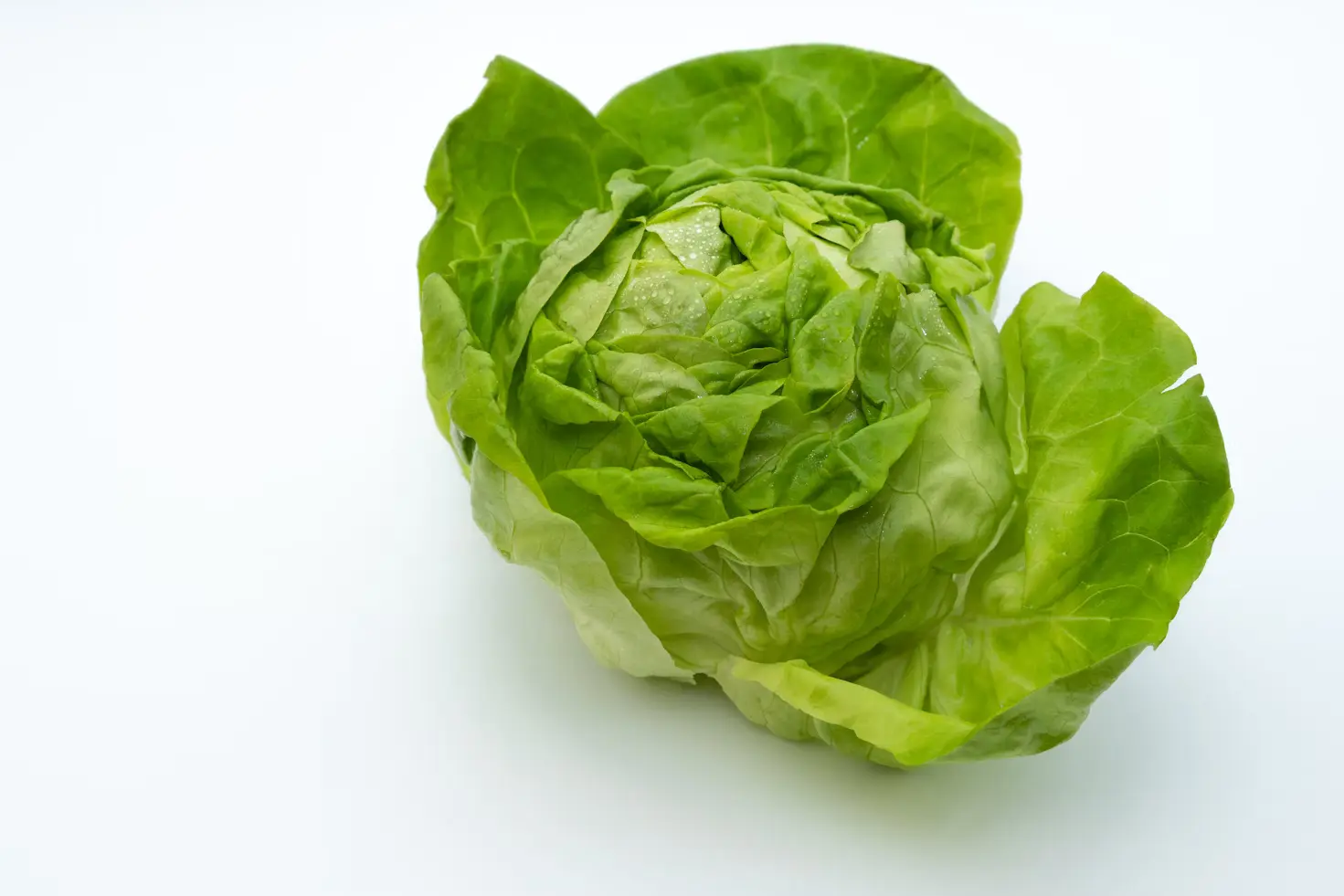
Iceberg Lettuce
Iceberg lettuce is among the most popular lettuces eaten globally, due its crunchy texture and refreshing and mild taste. Its flavor is subtle, but it is a source of vitamins A and K, fiber, and hydration, making it a crucial food.
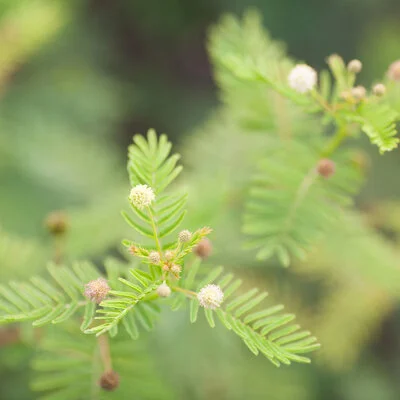
Illinois Bundleflower
The Illinois Bundleflower is a homegrown annual plant that can grow in rough conditions. It provides a diversity of ecological and practical advantages.It fits the mild climate, but is admired because of its ability to survive in even poor soils.
Okra is functional and decorative, with colorful flowers and eye-catching pods:
Okra finds extensive application, thus it is unavoidable in most households:
Okra is simple to grow, as long as it is given the conditions that it needs:
Okra seeds are distinct and distinctive:
Okras seeds need warm soil and should be prepared to give the best results:
These seeds can last several years when carefully stored:
Okra is primarily grown from seed, and direct sowing is the most common method:
Although hardy, okra is not immune to pests and diseases:
Maximum viability and freshness can be achieved by proper storage of seed and pods:
Okra is a most versatile crop with an irresistible combination of ornamental attraction, nutrient density and ease of growth. Its lovely hibiscus-like flowers can beautify decorations in a garden and its pods can be used as a powerhouse of vitamins, minerals and fiber. Growing well in warm weather, okra will provide repeat harvests throughout the summer, and they only demand little maintenance after they have been established.
Depending upon variety, okra pods will be ready to be harvested between 50 and 65 days after being planted.
Yes. Choose a large pot (at least 5 gallons) with good drainage, and place in full sun. Dwarf varieties are especially suitable for containers.
When young and tender (2-3 inches in length) they should be picked off every 2-3 days. Harvest delay causes pods to become rough and harsh.

Soil Health & Fertilization
Victor Miller

Pest Identification & Prevention
Victor Miller

Lawn Care Tips & Maintenance
Victor Miller

Soil Health & Fertilization
Victor Miller

Smart Irrigation Systems
Victor Miller

Patios, Walkways & Driveways
Victor Miller

Soil Health & Fertilization
Victor Miller

Pest Identification & Prevention
Victor Miller
My Account
Our team is always here to help.
We are open Monday - Friday, 9:00 AM to 4:30 PM PST.